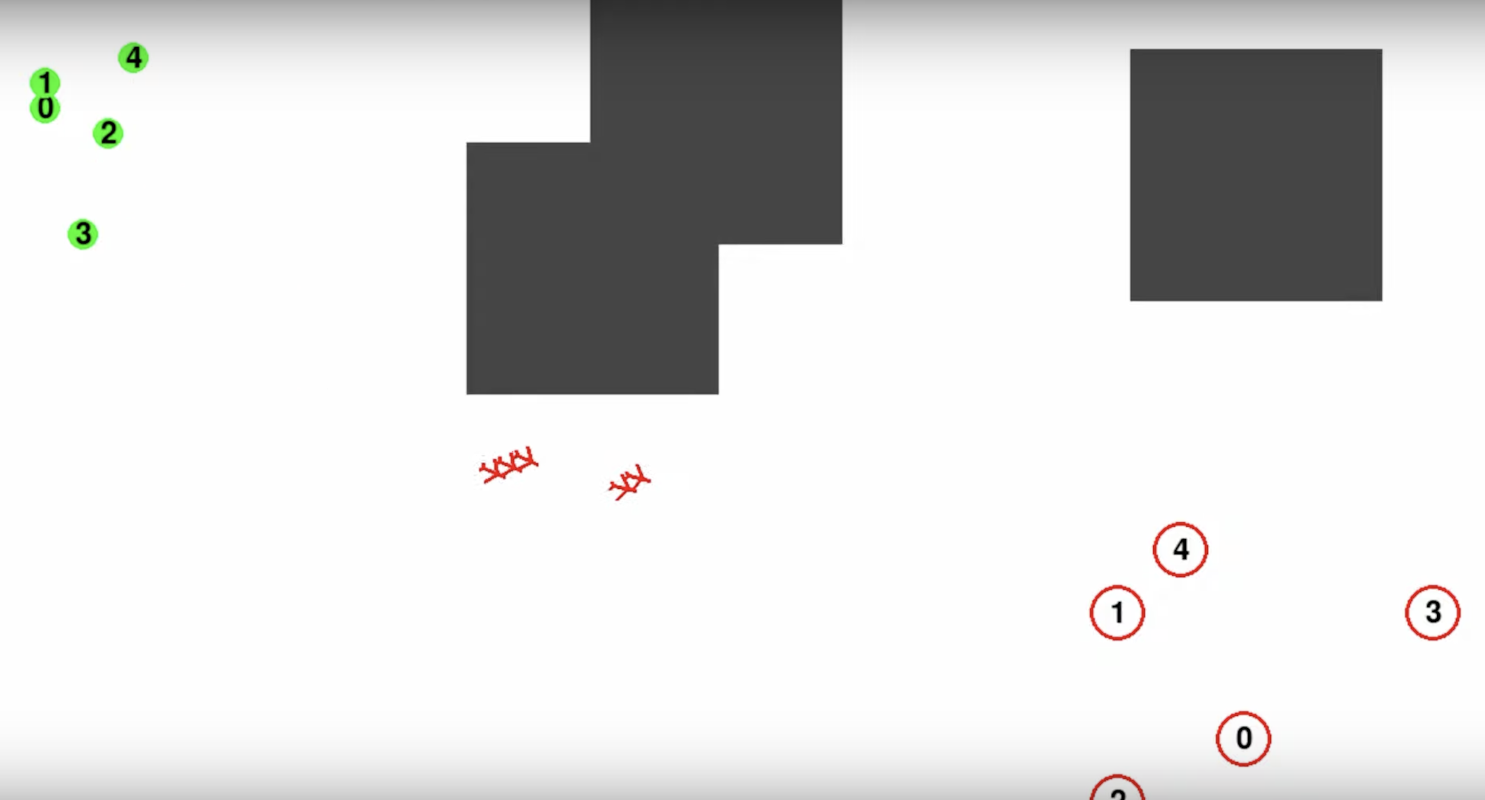
Seeing airplanes fly in formation is an exciting experience at something like an air show, where demonstrations of a pilot’s skill and aircraft technology are on full display. But there are other reasons for aircraft to fly in formation as well. [Peter] has been exploring the idea that formation flight can also improve efficiency, and has been looking specifically at things like formation flight of UAVs or drones with this flight planning algorithm.
Aircraft flying in formation create vortices around the wing tips, which cause drag. However, another aircraft flying through those vortices will experience less drag and more efficient flight. This is the reason birds instinctively fly in formation as well. By planning paths for drones which will leave from different locations, meet up at some point to fly in a more efficient formation, and then split up close to their destinations, a significant amount of energy can potentially be saved.
[Peter] is using a modified version of the RRT* algorithm which generates nodes for viable flight paths, and then uses the various paths found to map out potential shared flight paths. Another consideration that had to be accounted for was the actual energy savings factor for the shared section of the flight paths. For birds it’s estimated that the energy savings is around 70%, but varying this amount even for idential simulations often yields surprising results. Even with only a 5% energy savings, the flight paths can change dramatically.
For now this idea exists mostly in the world of simulations, as UAVs and drones haven’t yet reached a critical mass where so many are flying around autonomously that these factors need to be taken into account. It’s certainly a viable future though as companies like Amazon look to automate more of their logistical processes, but this is only one of several ways to improve service and cut costs.
Source: https://hackaday.com/2023/06/26/formation-flying-does-more-than-look-good/


